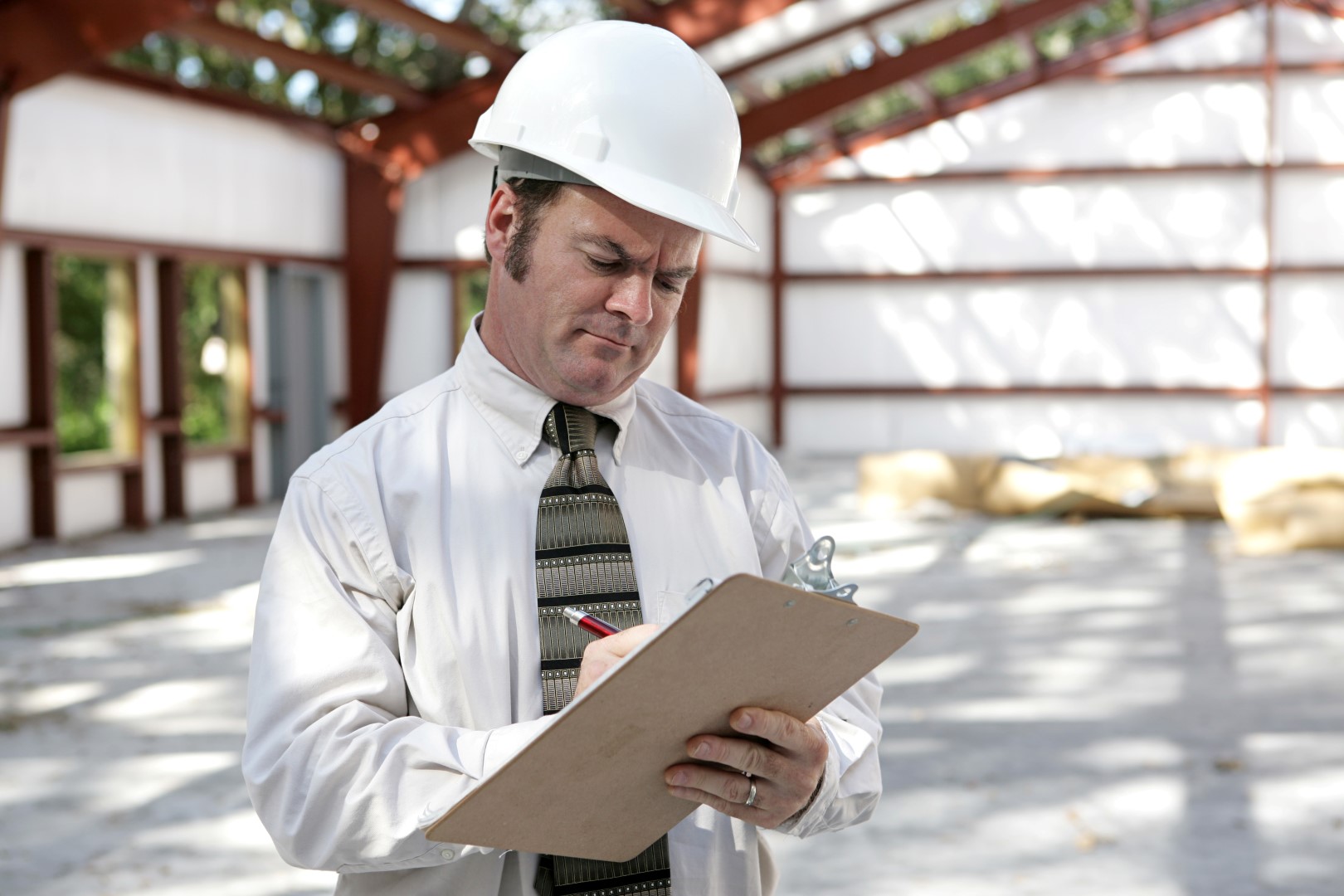Lead exposure can come from home renovation projects, exposure to lead paint, and airborne particles. Lead poisoning poses a particular risk to children and their developing brains, especially if they live in a house constructed and painted before 1978. Experts have cautioned parents to be wary of paint chips that their children could be ingesting. Playground surfaces that are made of rubber or artificial turf can also contain traces of lead.
One of the primary sources of lead poisoning is the lead in water pipes. Pipes made with lead or have lead solder joints are the main culprits. Houses that were built before 1930 used lead water pipes, or used lead solder to join the copper water pipes.
Preventing Exposure to Lead
The United States Environmental Protection Agency advises building managers to obtain professional help to evaluate the conditions of a newly acquired apartment complex, especially if it was constructed before the late 1970s. This will guarantee that any threat of lead exposure is prevented before the threat of legal troubles.
The soil around high-traffic roads and old buildings have a high chance of being contaminated. If your playground happens to be in this area, have an EPA–certified expert test the soil. If the expert confirms that it is infected, the area may need to be quarantined by federal workers.
Regular maintenance of buildings and complexes can curtail a contamination as well. It is recommended that regular wet mopping should be done in public hallways and facilities to keep dust at a minimum.
Be alert for lead poisoning in water. Request a certified environmental agency to test your water for the presence of unacceptable levels of lead. If you aren’t certain about your water’s safety, then residents should limit their use of water to the cold tap water until the conclusion of a professional intervention.
Lead Safety at The Workplace
Refining and home renovations are some of the industries that tend to be noted for their risk to lead exposure. This is simply because workers in these occupations kick up dust – and without the proper safety equipment, airborne arsenic like asbestos and lead can find a pathway into a person’s central nervous system via respiration. Some techniques are recommended to prevent contamination from lead exposure.
Preparing the Work Site
Use a plastic tarp in and around entryways and the work area to prevent dust from floating. Personal belongings and work equipment should be covered or put away when not in use. Use signs at the entrance to caution those that are not on the site yet about the potential dangers of airborne particles if they aren’t equipped with a face mask.
- The substrate should be correctly applied and repaired. Fix the window, door panels, or any other parts of the home’s infrastructure that could be the source of dust.
Lead Safety Checklist
- Ensure that contractors adhere to the lead safety guidelines and work practices before any home renovation projects starts. You can inquire about certifications.
- Keep pets away from construction sites. Due to their sense of smell and curious nature, dogs can potentially be exposed to lead, with the metal attacking the dog’s nervous system. People who aren’t authorized to be in a work area should also be removed, as they pose a potential liability.
- For outside jobs, ensure that plastic sheets are extended about 10 feet beyond the work site’s perimeter This will make sure that there aren’t any airborne particles near you. Tools for sanding, scraping, and grinding must have a vacuum.
- Ensure that all contaminated debris is secured and disposed of properly.
- A final inspection to ascertain cleanliness should be carried out once a home renovation project is completed.
If you are in an environment that is potentially hazardous due to potential lead exposure, contact the EPA or local representatives. Lead is a grave threat to not only humans, but for animals and the environment. Thankfully, Congress has taken initiatives to prevent the further spread of lead.



